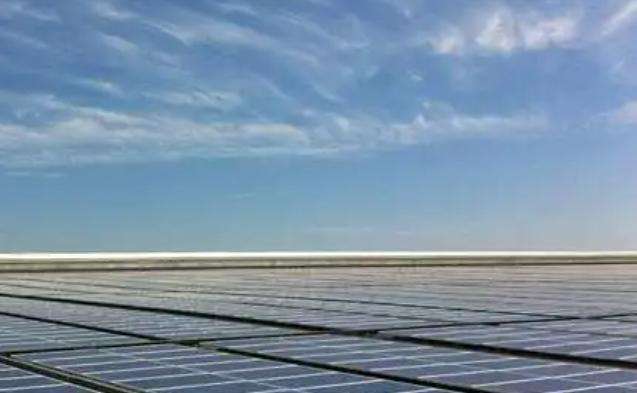So far there are seven ways to produce electricity.
1. Chemical energy production. The principle of chemical energy production is that electrons are generated by chemical reactions of substances and the directional movement of electrons generates an electric current. Such as batteries, batteries, etc. are all this way.
2. Wind energy production. The principle of wind power generation is to use wind energy to rotate the blades of the wind turbine, then use a speed multiplier to increase the rotation speed to induce the generator to produce electricity. Generally speaking, it is an energy utilization machine that uses the atmosphere as a working medium. Wind energy uses natural energy.
3. Nuclear energy. The electrical energy generated from the energy contained in the nucleus is called nuclear energy.
4. Thermal energy production. Thermal power generation is a method of producing electricity that uses thermal energy generated during the combustion of solid, liquid and gaseous fuels such as coal, oil and natural gas, and is converted into energy electrical via an electricity production device.
5. Solar energy (light). Solar energy refers to the energy of thermal radiation from the sun (see the three modes of thermal energy transmission), and its main manifestation is often called solar rays. Nowadays, it is typically used to generate electricity or provide energy for water heaters.
6. Tidal power. Tidal energy is the energy obtained from the diurnal rise and fall of sea water level. It is linked to the gravity of celestial bodies. The attraction and thermal energy of the Earth-Moon-Sun system are the mainrces of tidal energy. Tidal energy includes the energy contained in two modes of motion: tidal currents and tidal currents. Tidal water contains enormous rising and falling energy. This energy is an eternal and pollution-free energy.
7. Hydraulic energy. Hydraulic power is a means of converting the kinetic energy of water into mechanical energy.
(1) Hydroelectricity consists of converting the gravitational potential energy of water into kinetic energy and then into electrical energy.
Kinetic energy and potential energy belong to mechanical energy. Therefore, hydropower and wind power actually convert mechanical energy into electrical energy;
(2) Solar energy actually converts solar energy into electrical energy;
(2) Solar energy actually converts solar energy into electrical energy;
p>
(3) Accumulators and dry cells convert chemical energy into electrical energy.
The answer is donc: mechanical; electric; electric;














